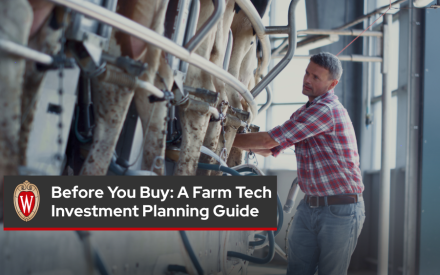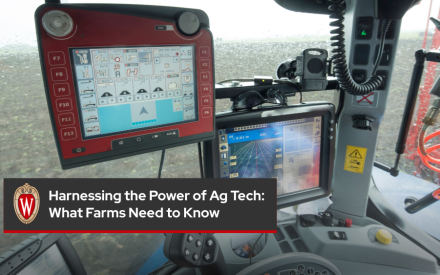Setting A Technology Investment Strategy for Farm Success
Setting a technology investment strategy significantly improves a farm’s future success. This article explains why technology is crucial in modern agriculture and highlights key factors like labor shortages, safety, and sustainability. It provides five essential questions to consider before investing in new technology: identifying the problem, assessing skills, ensuring good internet access, checking for reliable service support, and understanding financial costs. By addressing these questions and using tools like SWOT analysis, farmers make smart decisions and successfully adopt new technologies for long-term benefits. More in-depth discussions of this topic can be found in the video linked below the article.
Why Technology Matters
Technology rapidly advances and reshapes industries, including agriculture. While not all technological changes are beneficial, having a strategy helps leverage technology for a competitive edge. This article outlines key questions to help assess whether a technology change is right for a farm.
The Evolution of Automation in Agriculture
Automation and technology significantly evolve in agriculture. From steam engines to internal combustion engines, and now to GPS and autonomous machines, each advancement transforms farming practices. Today, technologies like robotics, machine learning, and artificial intelligence become integral to modern farming.
Key Drivers for Technology Adoption
- Labor Shortages: Finding skilled labor is increasingly challenging. Automation helps address this issue by reducing reliance on human labor.
- Safety: Agriculture is one of the most dangerous industries. Automation helps reduce risks associated with dull, dirty, and dangerous tasks.
- Sustainability: Advanced technologies improve precision in farming practices, leading to better resource management and sustainability.
Five Key Questions for a Technology Investment Strategy
- What issue is the farm hoping to solve?
- Identify the specific challenge or problem to address with new technology. Understanding motivations helps evaluate if the investment is worth it.
- What are the farm members’ skills and interests?
- Assess comfort level with technology and willingness to learn. Skills and interests play a crucial role in the successful adoption of new systems.
- Is there reliable internet access?
- Many modern technologies require strong internet connectivity. Ensure reliable and affordable broadband access to support new tech on the farm.
- Is there adequate service infrastructure?
- Consider the availability of service and support for the new technology. Reliable service infrastructure is essential for smooth operation and maintenance.
- How Comfortable Is the Farm with Its Finances?
- Understand the current financial position and the costs associated with new technology. Evaluate the return on investment (ROI) and internal rate of return (IRR) to make informed decisions.
Building a Decision-Making Framework
To make informed decisions, it is essential to have a clear strategy. Tools like a SWOT analysis (Strengths, Weaknesses, Opportunities, Threats) and gap analysis help evaluate current performance and identify areas for improvement.
Check out these resources to start setting your tech investment strategy.
- SWOT Analysis: Identifying Strategies to Maximize Potential and Minimize Risk
- 12 Things You can Do When Moving Towards Higher Levels of Tech
- Farm Pulse: Financial Management and Analysis
Investing in technology transforms a farm, but it requires careful planning and consideration. By asking the right questions and understanding unique needs and capabilities, a farm sets a technology investment strategy that ensures long-term success.


 Large Language Models: A Powerful New Tool for Wisconsin Agriculture
Large Language Models: A Powerful New Tool for Wisconsin Agriculture Before You Buy: A Farm Tech Investment Planning Guide
Before You Buy: A Farm Tech Investment Planning Guide Balancing Technology and People: The Evolving Role of Farm Workers in Automation
Balancing Technology and People: The Evolving Role of Farm Workers in Automation  Harnessing the Power of Ag Tech: What Farms Need to Know
Harnessing the Power of Ag Tech: What Farms Need to Know


